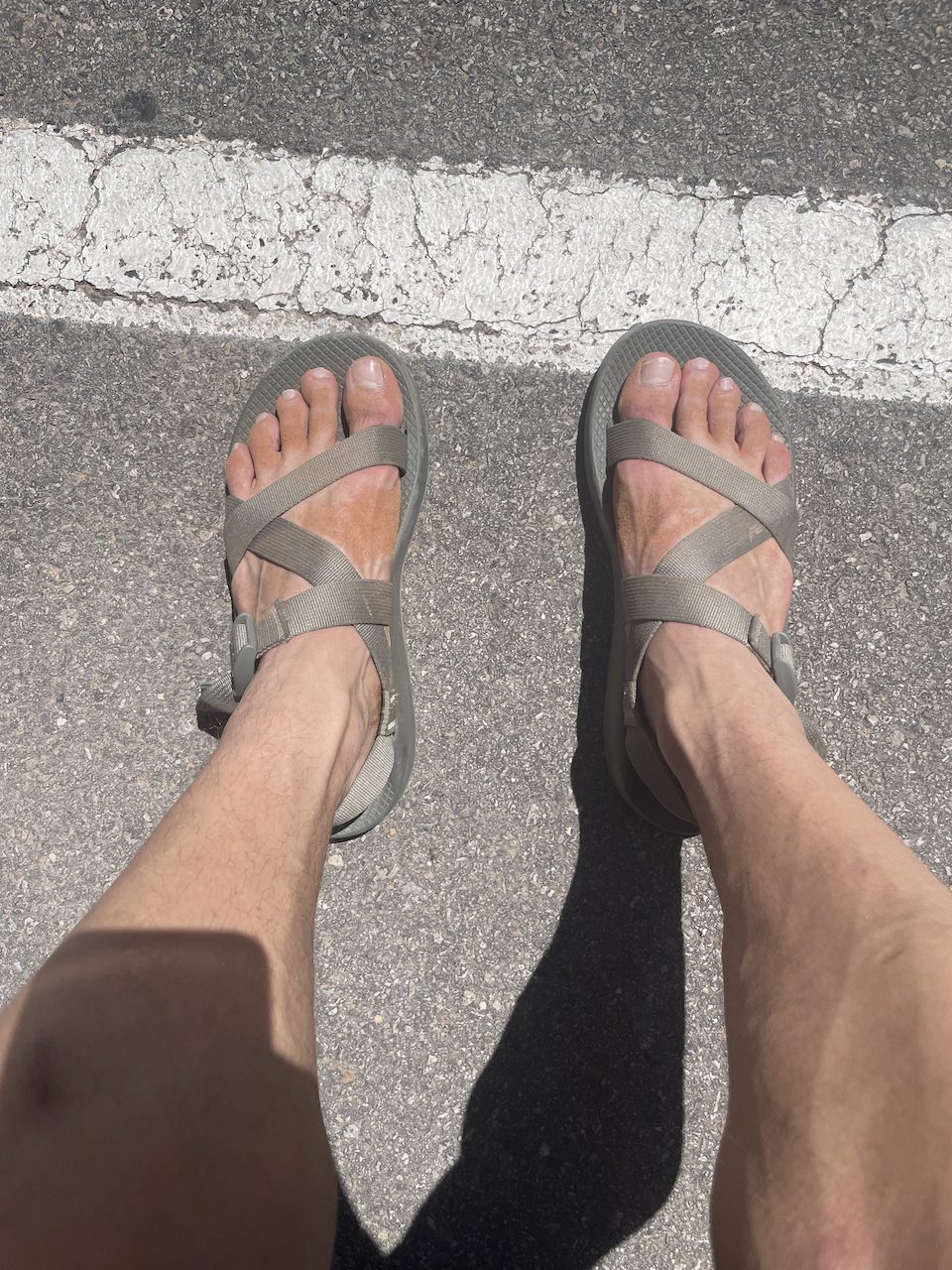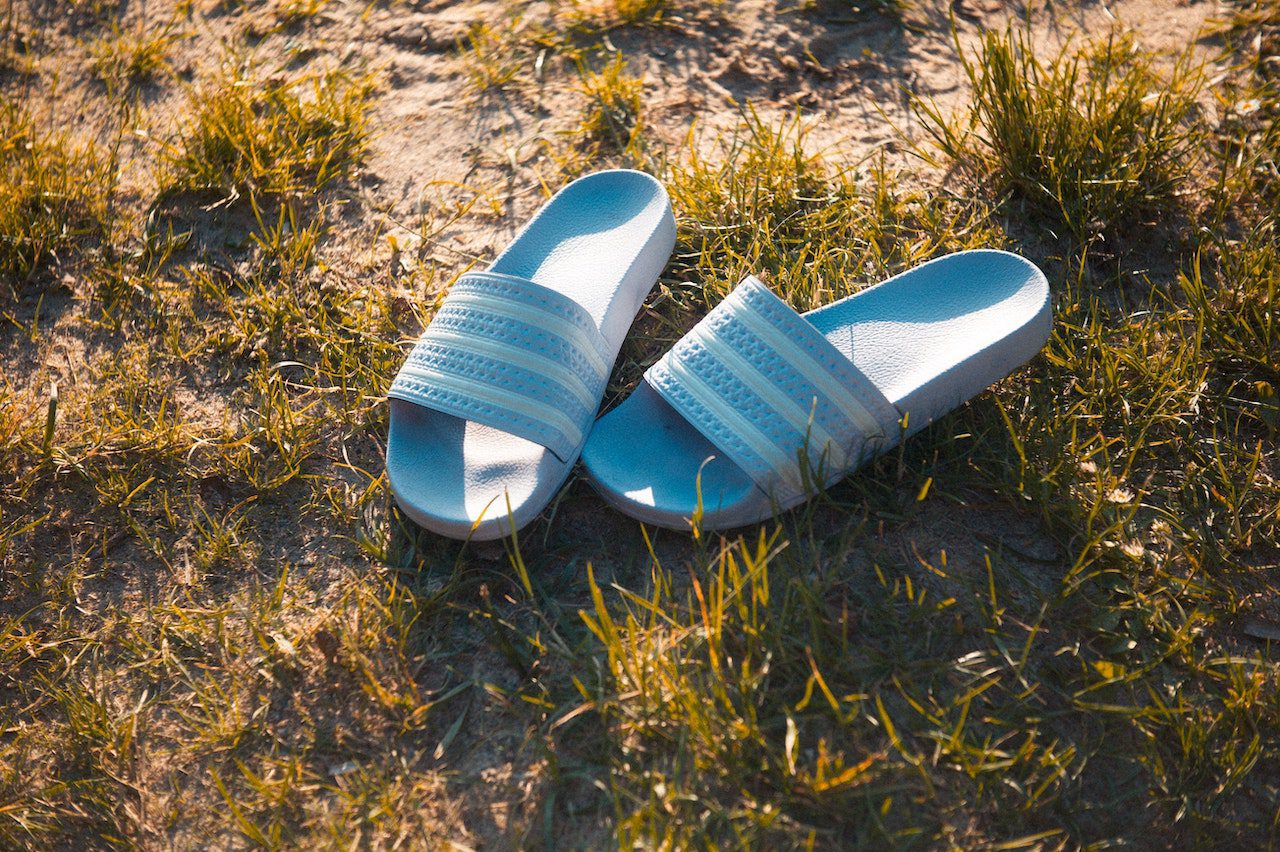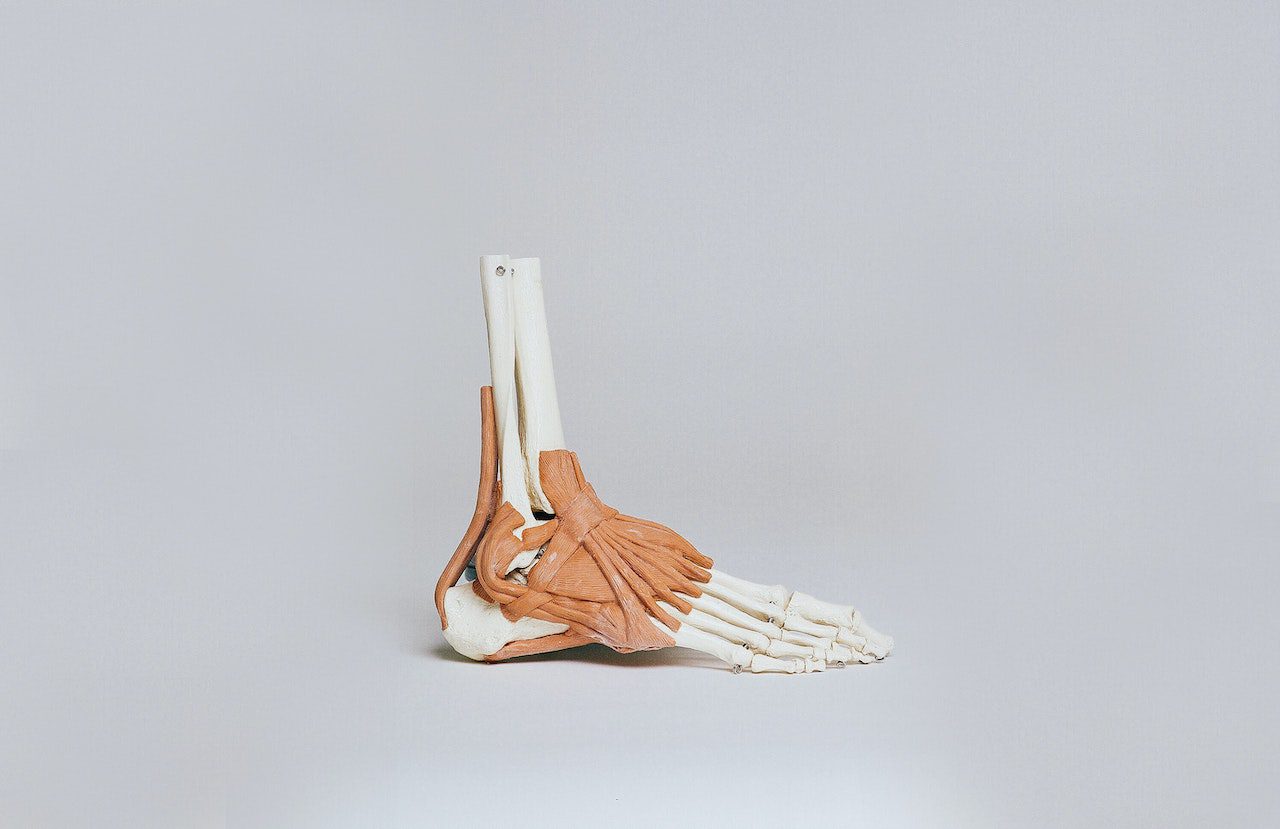
How To Keep Sand, Rocks, and Dirt Out Of Your Hiking Boots
Imagine you are hiking through a beautiful valley with pristine rivers flowing, wildflowers blooming, and trees blowing in the wind, then OW! You feel a sharp pain in your foot and realize an interloper is in your boot, causing you pain. As a result, you must stop your peaceful walk to remove your boot to get that rock, stick, or sand out of your shoe.
We’ve all been there. Having a lovely hike through the woods interrupted by getting debris in your boot is a pain! So the million-dollar question is how to keep sand, rocks, and dirt out of your hiking boots?!
Here are some tips on how to keep sand, rocks, and out of your hiking boots:
- Use ankle gaiters
- Wear high-cut boots
- Hike with proper gait
- Use stirrups
- Make a DIY sock gaiter
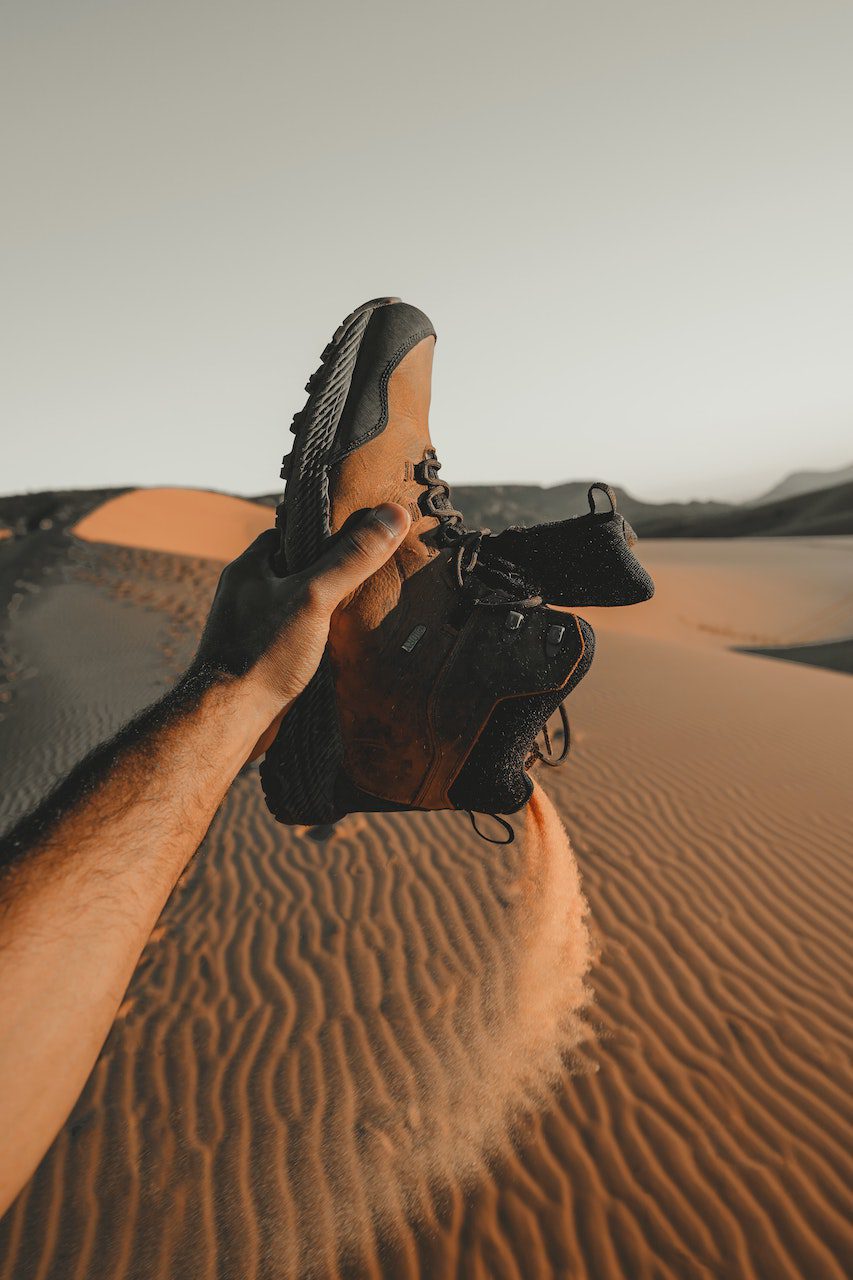
Keep Rocks Out Of Your Hiking Boots With Ankle Gaiters:
For every good hiking boot or trail runner, you should also have a high-quality gaiter to help keep rocks and sand out of your hiking boot. Ankle gaiters are essentially covers that go from your ankles to your boot, creating a seal to prevent sand, rock, or dirt from entering your boot and causing your shoe pain. There are several different kinds of gaiters out there, such as:
Hiking Gaiters: These are usually lightweight and are designed to keep rocks and other debris out of your hiking boots. Some of these gaiters can be waterproof, and those can protect against rain and snow. Hiking gaiters are great for day hikes and backpacking trips alike.
Mountaineering Gaiters: Mountaineering gaiters are a higher cut gaiter meant to protect against harsher conditions, including rain and snow. These gaiters typically have added insulative properties and are used in mountaineering, backcountry skiing, and snowshoeing.
Trail Running Gaiters: Trail running gaiters are ultralightweight gaiters used primarily for keeping debris out of your shoe. These are typically not waterproof, but their extremely light weight makes them ideal for trail runners, ultralight backpackers, or any hiker that hikes in trail runners.
Be aware that most hiking boots do not come with their gaiter, but fortunately, you can pick up a relatively inexpensive pair at amazon.
Higher Cut Boots
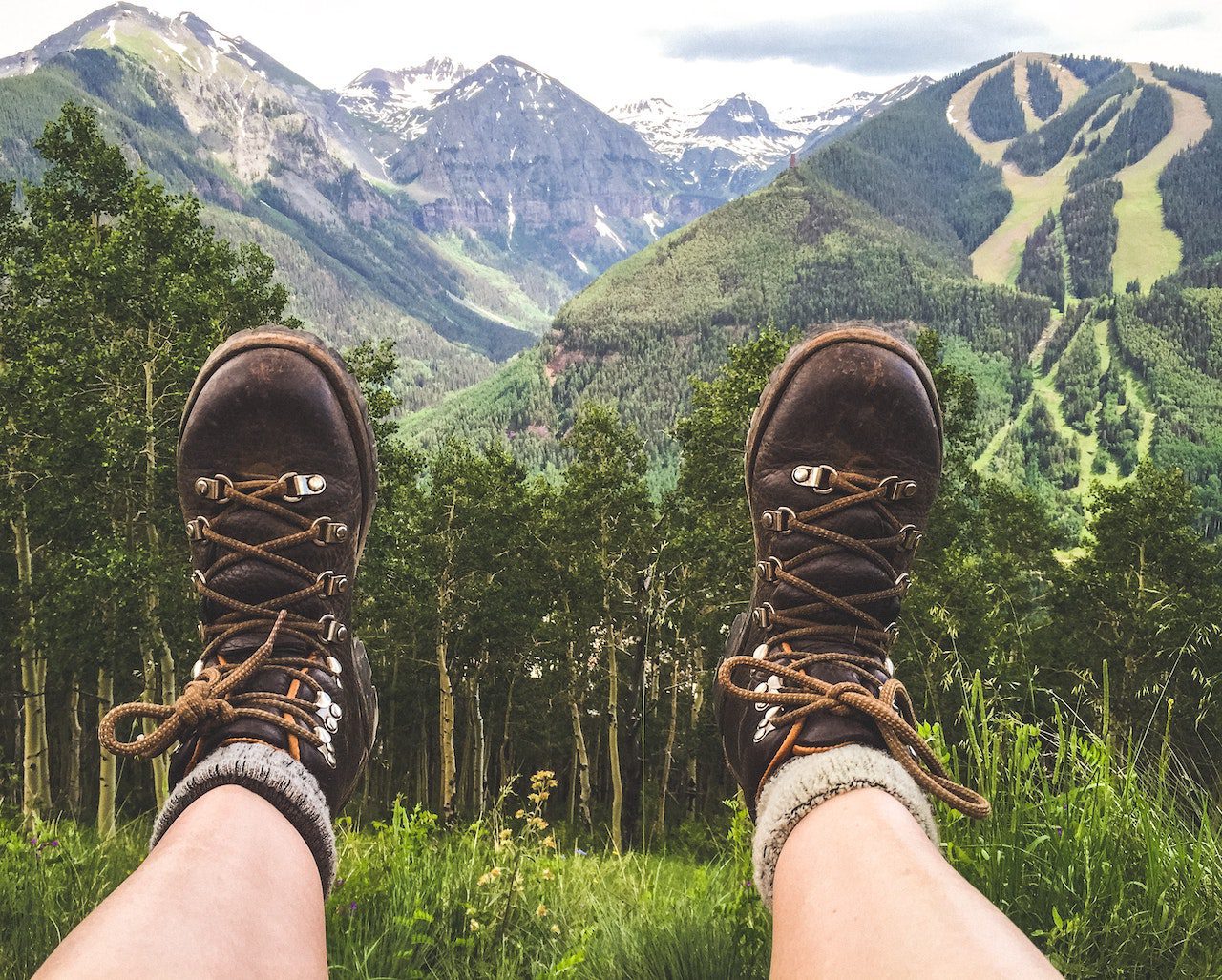
Another way to help keep pesty pebbles or sticks out of your hiking boots is by investing in a pair of higher-cut boots. Compared to a low-cut hiking boot, high-cut boots provide an additional barrier to entry for dirt and other debris. This is accomplished by higher-cut boots resting above the ankle joint, making it more difficult for rocks and debris that are kicked up to land in your shoe.
Proper Gait:
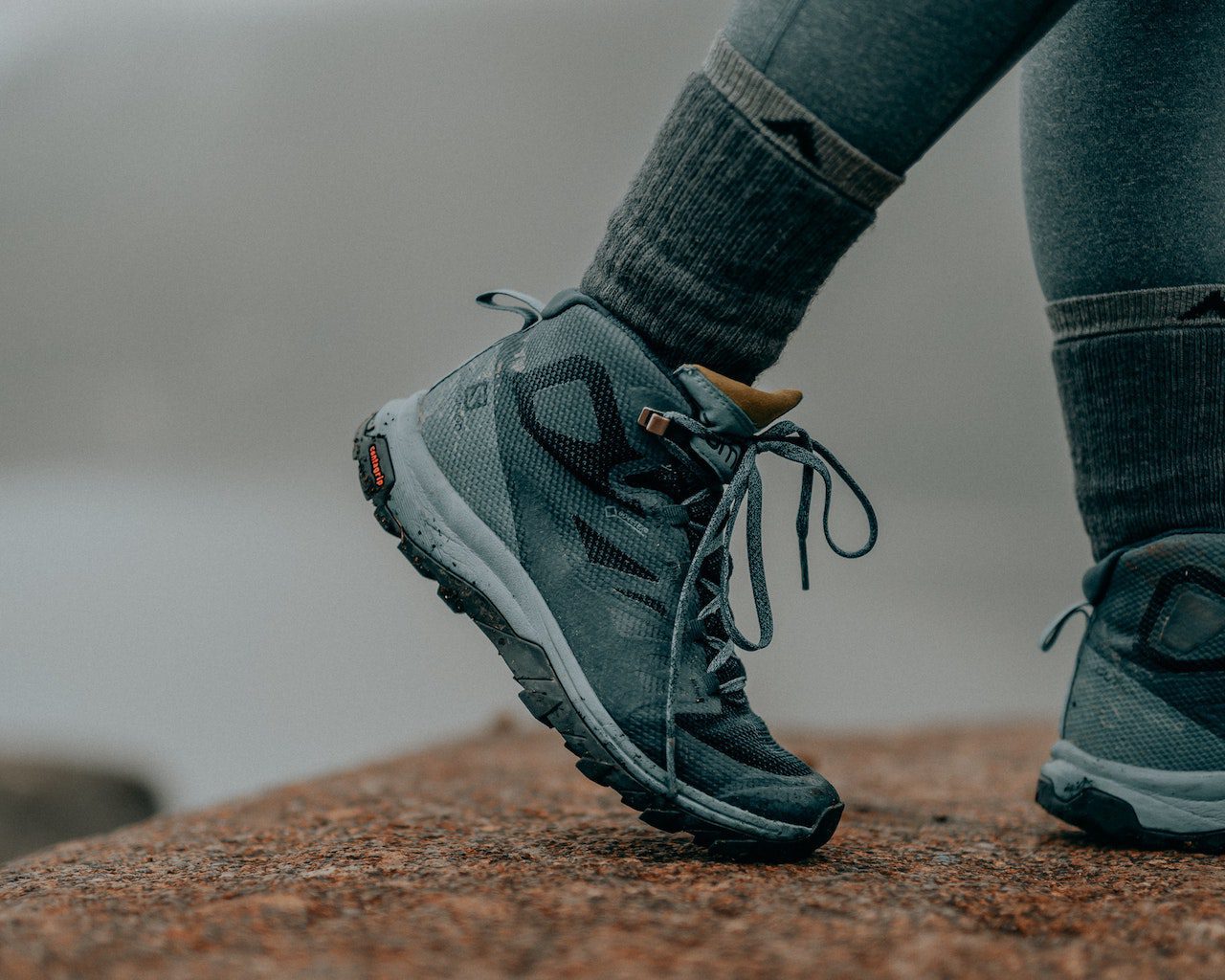
The best boots in the world won’t protect your foot if you aren’t walking correctly. If you are walking with a limp or dragging your foot, you will likely kick rocks and debris up, which will inevitably find their way into your boot. If you have a limp due to pain, I recommend not being on the trail and going to a doctor to figure out why you are limping.
If you are on a long hike, you may find yourself dragging your feet as you fatigue. This is a problem for two reasons. First, it can cause “toe bang hiking,” which is repetitively banging your toe against your boot. This action will not only cause pain, but it may even result in losing a toenail. Second, dragging your feet will inevitably knock up dirt or sand, which will get into your hiking boot and plague you with every step you take.
Also, if you walk with an uneven gait, you should see a medical professional. There may be a neurological or orthopedic issue that is causing your balance issues. Hiking with an uneven gait can cause falls and injury. While a fall may not be a big deal at home in the backcountry without access to emergency medical services and a far cry away from a medical facility, it can become especially dangerous.
Stirrups:
Stirrups are basically rubber bands that attach to each side of the bottom of your hiking pants and go around the bottom of your boot and can shield the space on the top of your hiking boot from dirt and debris. These work similarly to gaiters by acting as a mechanical barrier to keep out the elements.
DIY Sock Gaiter:
Another option to keep sand, rocks, and dirt out of your hiking boots is by making a DIY sock gaiter. Okay, bear with me. All you need is to take a large pair of socks, cut out the end where your toes go, and voila, you have your very own DIY sock gaiter! Just slip these on over your boot, and you are good to go!
Conclusion:
Getting rocks and other debris in your hiking boots can be a total pain, especially if you are on a backpacking trip. No one wants to take a bunch of breaks to empty their shoes in the middle of the trail. So I hope the above strategies will keep you comfortable and happy in your travels!
Disclosure: Some links on this page are affiliate links, and if you go through them to make a purchase or a booking, I may earn a commission. Using these links DO NOT affect the cost of the product/booking. The price remains the same affiliate link or not. Thanks for supporting my small business!



